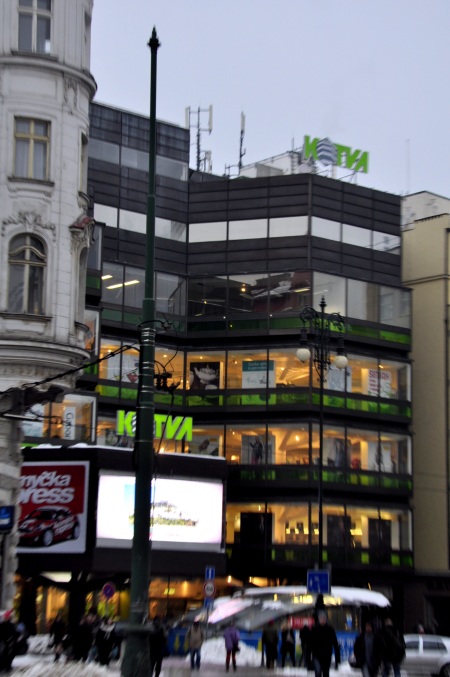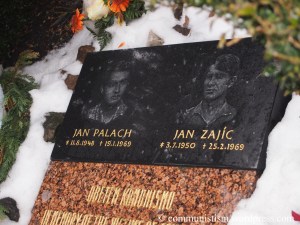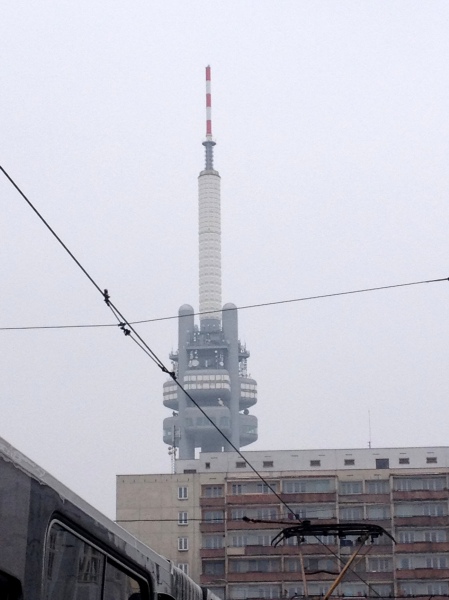Pavel Kalina
“The communist architecture has many negative connotations, of course. The architecture […] of those townships or settlements built in 1960s, 1970s, are of course not taken as the good address. In the same time, the townships din not change islams, anything like that. They are normally inhabited by the new generations, but usually are the old generations of people. Many of those buildings were renovated, in the last 2 decades, many of them were given façades for example, so sometimes you would not recognise that they are from the time of the communist regime. So, I think normal people do not take these houses as good addresses, good architecture, as a good place to live. But they are cheap, they are a form outside of the historical cities, so in this aspect is not completely a bad place to live and they are sometimes defended as urban textures by historians of architecture who are interpreting these buildings as a part of our heritages.
I think very problematic. I myself live in a town from 1994, which was designed in the 1980s. And I’m not completely satisfied with the building, but I live there since 1994, so.. but it is not a typical housing, but I think it is a normal place where you live in present day Prague. In present day Prague, people do not live in the historical centre. The historical centre is futurist and for managers and international accountants, but not so much for normal people.”
Klara Mergerova
“I’m a historian of architecture, so I, myself see the qualities and of course I try to show that there are buildings which were constructed during the communist regime, but which still present some qualities, but I think the general opinion is that those buildings were there to abrupt intrusion and most people refused even to think about qualities connected to the regime, so even buildings which are considered from architectural point of view are not appreciated by the general public. But there are of course, more and more tourists, which try now to see them as something specific for this region and who come to see them.”
Pavel Kalina
“Here in Prague, the most despised project of the communist era was the so called Palace of Culture. It is just behind the border of the historical city, but even this project, which is ugly, even this project was no exception in the European architecture in the 1970s, 1980s, including Western European. You will find many ugly buildings in Western Europe as well. This building was not much bigger, not much ugly than the lords houses… I don’t like… I would never say that …in this aspect… that the communism expressed the totalitarian character in every house, or in every part of the town. It would be very, very exaggerated.”
Klara Mergerova
“Then you have Czech Department Stores, which are also found all over the country and also in Prague. We have some really good examples in the city centre (Department Store Kotva) which are representants of the most quality architecture of the period. On the other hand, they are also disputable and not maybe … the quality isn’t fully recognized until today because they are very monumental and people still see them as the residues of communist architecture. […]

These buildings were financed by the communist regime, so they reflect (the department stores) reflect their aims to compete with the other world, the Western commercial centres, etc. The other buildings reflect the aim to impress and to prove the power of the regime.”
Marina Gogeanu
Interviews transcribed by: Marina Gogeanu



